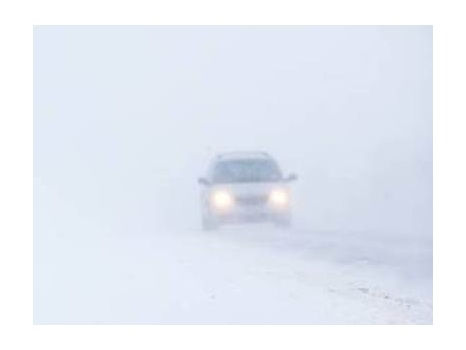'Extreme Cooling Off' For Economy This Summer? Not Likely, Says NRF.
- Inside Audio Marketing

- Jun 7, 2022
- 2 min read

Nearing the halfway point, 2002 from an economic standpoint has not exactly been a walk in the park. Between inflation at a 40-year-high with gas prices out of control, uncertainty over the war in Ukraine, continuing supply chain issues, the Federal Reserve raising interest rates and COVID still a factor over much of the U.S., it's easy to see why some have made doom-and-gloom predictions for the near future.
In its Monthly Economic Review for June, The National Retail Federation doesn't see it that way. With continuing growth in employment, wages and consumer spending, it's unlikely the macroeconomic environment will backfire into a major economic setback, according to NRF Chief Economist Jack Kleinhenz.
“There’s good reason why businesses, consumers and policymakers alike all feel uneasy,” Kleinhenz says. “[But while] many people fear an extreme cooling off of the economy, there is not an overwhelming amount of evidence to support such predictions. In general, the data suggests that we remain in an ongoing expansion. With changes underway that focus on taming inflation without splintering the economy, the nation’s economic system is in the process of being rebalanced in ways that are testing its resilience.”
While the gross domestic product was off 1.5% in first quarter of 2022 – marking the first quarterly decline since the initial pandemic lockdown in Q2 2020, and following a 5.7% rebound in 2021 – Kleinhenz says “there is less reason for concern than the figure suggests,” noting that the decline was driven by international trade balances, inventories and government spending. NRF's report cites the latest Blue Chip Economic Indicators survey of economists, projecting an overall GDP increase of 2.6% for 2022, followed by another 2.1% in 2023.
There are, in fact, multiple positive signs for the economy, according to NRF's June review. On a three-month moving average, retail sales as calculated by NRF (excluding automobile dealers, gasoline stations and restaurants to focus on key retail) are up 7.1% year-over-year. Consumer spending is up 3.1%, shifting from the COVID-era focus on goods toward services as people re-engage in activities they had cut back on, with S&P Global Economics data showing the number of diners at restaurants, air traffic and hotel occupancy near 2019 levels. The labor market, a key driver of consumer spending, showed 428,000 jobs added in April, topping the 400,000 mark for the 12th consecutive month, while unemployment, at 3.6%, is close to the 50-year low of 3.5% in pre-COVID February 2020.
As to the Federal Reserve's increase in interest rates, in an attempt to tighten monetary policy and slow inflation, Kleinhenz says, “The Fed has a tricky job on its hands. Increased interest rates will mean higher borrowing costs across the economy at the same time higher prices keep eroding the purchasing power of the U.S. consumer. But the central bank needs to act in order to prevent inflation from being baked into the economy and to reduce the risk that expectations of inflation will become unanchored.”




Comments